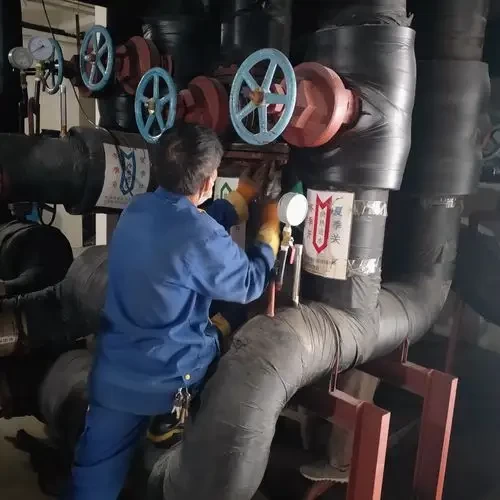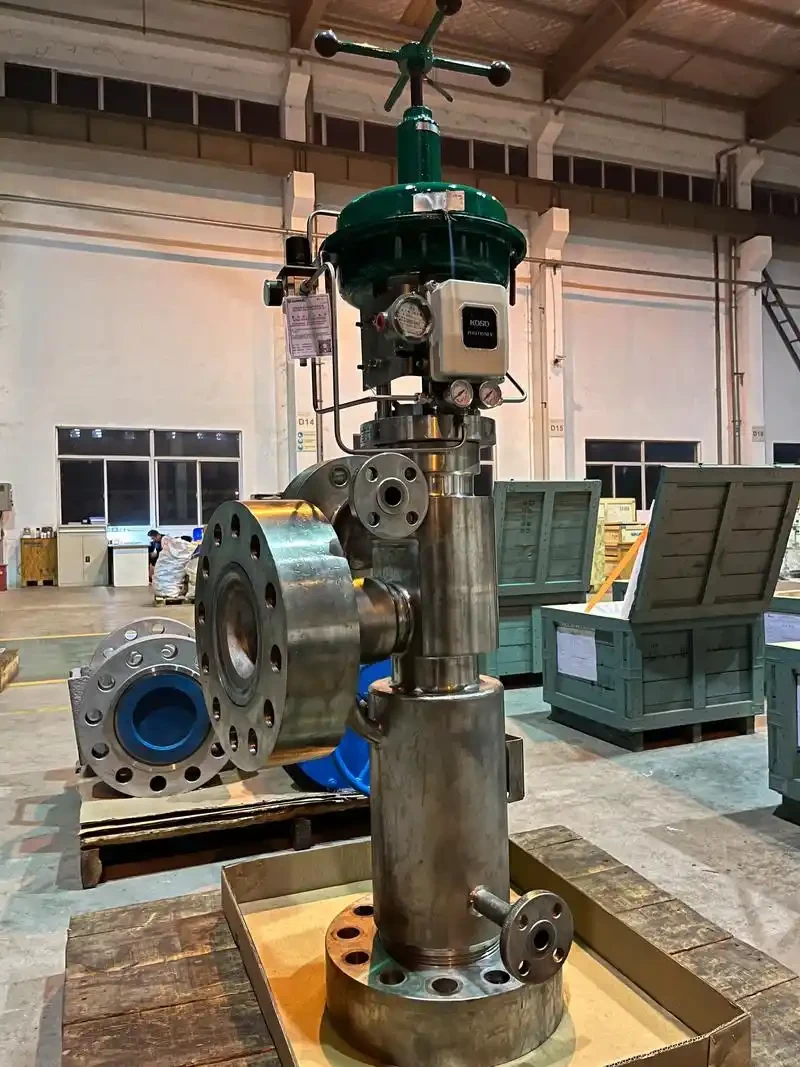The causes of valve leakage and solutions
The causes of valve leakage and solutions
1. Leakage Caused by Detachment of the Closing Component
Causes:
①. Poor operation, causing the closing component to jam or exceed the upper dead point, resulting in damage or breakage at the connection;
②. The connection of the closing component is not secure, leading to loosening and detachment;
③. Improper material selection for the connecting components, which cannot withstand the medium's corrosion or mechanical wear.
Maintenance Methods:
①. Operate correctly: avoid applying excessive force when closing the valve, do not exceed the upper dead point when opening the valve, and slightly reverse the handwheel after fully opening the valve;
②. Ensure a secure connection between the closing component and the valve stem, and include anti-loosening measures at the threaded connection;
③. Use fastening components for the connection that can resist the medium's corrosion, have adequate mechanical strength, and are wear-resistant.
2. Leakage at the Packing (Packing Leakage Accounts for the Largest Proportion of External Valve Leaks)
Causes:
①. Improper packing selection, unable to resist the medium's corrosion, high pressure gate valve, vacuum, or extreme temperatures (high or low);
②. Incorrect packing installation, such as using undersized packing, poorly spliced spiral joints, or uneven tightening (tight on top, loose at the bottom);
③. Packing exceeding its service life, becoming aged, and losing elasticity;
④. Poor valve stem precision, with defects such as bending, corrosion, or wear;
⑤. Insufficient number of packing rings or inadequate tightening of the gland;
⑥. Damaged gland, bolts, or other components, making it impossible to secure the gland;
⑦. Improper operation, such as excessive force;
⑧. Misaligned gland or improper clearance between the gland and the valve stem, causing stem wear and packing damage.
Maintenance Methods:
①. Select packing material and type according to working conditions;
②. Install packing correctly according to relevant standards. Packing rings should be placed and compressed one by one, with joints arranged at 30° or 45°;
③. Replace packing that is aged, worn out, or damaged promptly;
④. Straighten or repair bent or worn valve stems, and replace severely damaged stems promptly;
⑤. Install packing with the required number of rings, tighten the gland symmetrically and evenly, and ensure at least a 5 mm pre-tightening gap in the sleeve;
⑥. Repair or replace damaged glands, bolts, or other components promptly;
⑦. Follow operating procedures, applying steady and appropriate force unless using an impact handwheel;
⑧. Tighten gland bolts symmetrically and evenly. If the gap between the gland and the valve stem is too small, increase the clearance appropriately; if the gap is too large, replace the gland.
3.Leakage at the Sealing Surface
Causes:
①. Uneven grinding of the sealing surface, preventing the formation of a proper sealing line;
②. Misalignment, wear, or improper fit at the connection between the valve stem and the closing component;
③. Bent valve stem or improper assembly causing the closing component to tilt or misalign;
④. Improper selection of sealing material or failure to select materials suitable for working conditions.
Maintenance Methods:
①. Select gasket materials and types correctly according to working conditions;
②. Carefully adjust and operate the valve smoothly;
③. Tighten bolts symmetrically and evenly. Use a torque wrench when necessary to ensure proper preload. The preload must not be too large or too small, and flanged and threaded connections should maintain a suitable pre-tightening gap;
④. Align gaskets properly during assembly, ensuring even force distribution. Avoid overlapping or using double gaskets;
⑤. Repair, grind, and perform dye penetrant inspection on corroded or damaged static sealing surfaces or those with poor machining quality to meet relevant standards;
⑥. Ensure cleanliness during gasket installation. Clean the sealing surface with kerosene, and avoid dropping gaskets on the ground.
4. Leakage at the Sealing Ring Joint
Causes:
①. Poor crimping of the sealing ring;
②. Poor welding or overlay welding quality between the sealing ring and the valve body;
③. Loosening of threads, screws, or pressure rings at the sealing ring connection;
④. Corrosion of the sealing ring connection.
Maintenance Methods:
①. For leakage at the crimping of the sealing ring, apply adhesive and re-crimp to secure it;
②. Reweld the sealing ring according to welding specifications. If the overlay welding cannot be repaired, remove the original weld and reprocess;
③. Remove screws and pressure rings for cleaning, replace damaged parts, grind the mating surface between the sealing ring and the connection seat, and reassemble. For severely corroded or damaged components, repair using welding or bonding methods;
④. If the sealing ring connection surface is corroded, repair it using grinding or bonding methods. If repair is not feasible, replace the sealing ring.
5. Leakage in the Valve Body and Bonnet
Causes:
①. Low casting quality of cast iron components, leading to defects such as sand holes, porous structures, or slag inclusions in the valve body and bonnet;
②. Freezing and cracking in cold temperatures;
③. Poor welding, resulting in defects such as slag inclusions, incomplete welding, or stress cracks;
④. Damage to cast iron valves due to impact from heavy objects.
Maintenance Methods:
①. Improve casting quality and conduct strict strength tests according to regulations before installation;
②. For valves exposed to temperatures of 0°C or below, apply insulation or heating measures. For valves out of service, drain accumulated water to prevent freezing;
③. Weld seams on valve bodies and bonnets should comply with welding operation standards. Perform non-destructive testing and strength tests after welding;
④. Do not place heavy objects on valves. Avoid striking cast iron or non-metallic valves with hammers. Large-diameter valves should be supported with appropriate brackets during installation.


 +86 512 68781993
+86 512 68781993 


















